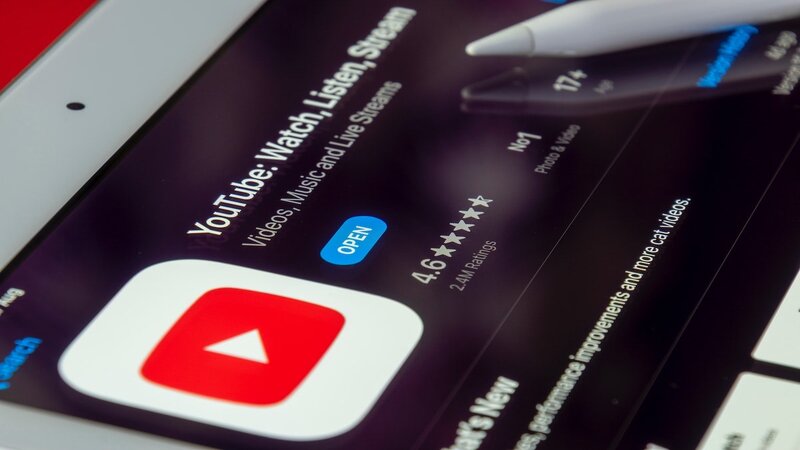
Many YouTube viewers have noticed an increase in the amount
of adverts displayed during video playback in recent years. This insight has
spurred disputes and conversations among content providers, marketers, and
consumers. Everyone is wondering if YouTube has truly increased the quantity of
advertisements.
To comprehend this issue, one must first examine YouTube's
advertising model. YouTube, like many other online sites, is primarily reliant
on ad income. This income is split evenly between the platform and the content
providers that create the videos.
As the platform's popularity and user base have risen, so
has the number of marketers looking to promote their products and services. As
a result of the increased demand for ad spaces, YouTube has increased the
number of ad placements available.
The SMM panel is one of the techniques that marketers use to
reach their target audience on YouTube. An SMM panel is a marketing tool that
enables companies to purchase social media services such as followers, likes,
and views.
Advertisers may increase their exposure on sites such as
YouTube by utilising an SMM panel, guaranteeing that their advertisements reach
a larger audience. This greater demand for visibility has resulted to the
perception of an increase in the quantity of advertisements on YouTube.
Furthermore, over the years, YouTube has added a variety of
ad styles. The platform provides marketers with a variety of alternatives,
including skippable and non-skippable video advertisements, display ads, and
overlay ads. Because of the variety of ad types, it may appear that there are
more commercials than previously, even if the overall duration of advertising
stays the same.
Another consideration is the content authors themselves. As
competition on YouTube heats up, artists are seeking for methods to increase
their revenue. One approach to accomplish this is to include more
advertisements in their films.
YouTube allows authors to control where and how many
advertisements appear in their work. As a result, a video that is longer than
10 minutes may have many ad breaks, leading viewers to feel that YouTube's ad
frequency has risen.
To summarise, while it may appear that YouTube has increased
its ad placements, numerous variables contribute to this illusion. The growing
usage of tools like the SMM panel by advertisers, the introduction of new ad
formats, and the decisions made by content providers all contribute to enhanced
ad visibility. As the digital world evolves, platforms such as YouTube will
continue to alter their advertising structures to fit the demands of both
marketers and consumers.